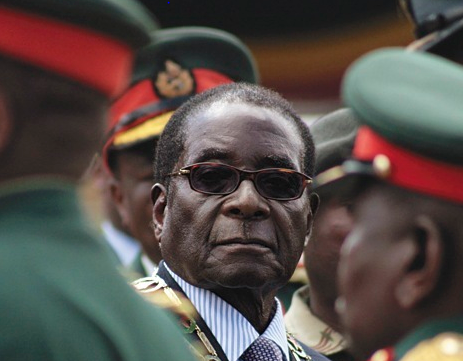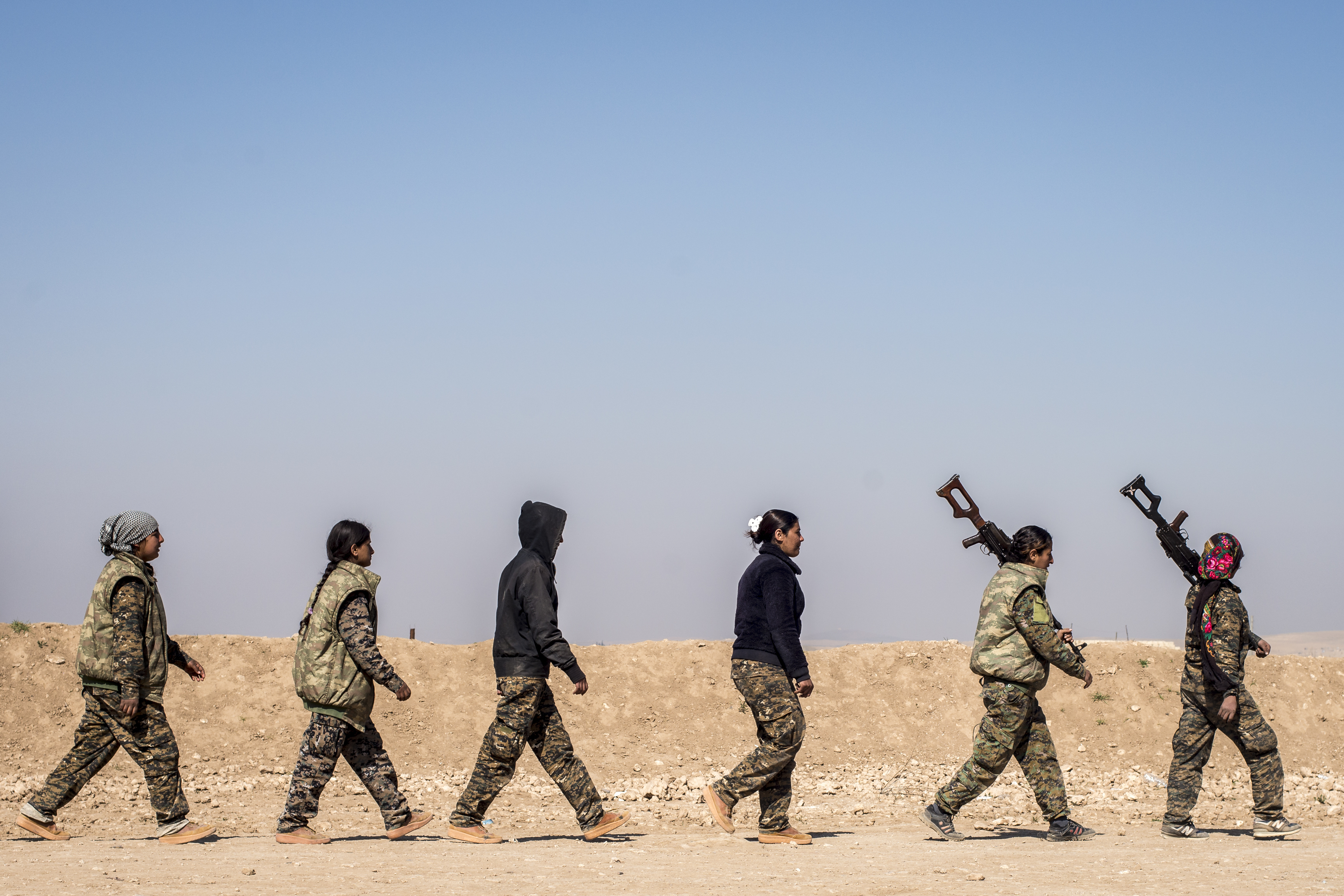National security wrap

The beat
Austerity analysis
Barry Loveday from the University of Portsmouth has sounded the alarm about declining police numbers in England and Wales in his analysis of the recently released state of policing report. He argues that repeated austerity budgets are at least partly responsible for poor police performance. In recent cuts, the government slashed funding for neighbourhood policing. The senior national coordinator for counterterrorism called the move a ‘disaster’ that would undermine counterterrorism operations.
Pakistan law minister steps down
Zahid Hamid, Pakistan’s federal law minister, resigned on Monday, yielding to the demands of the Islamist Tehreek-i-Labaik Ya Rasool Allah (TLY) party following weeks of protests. TLY staged the protests because ‘a reference to the Prophet Muhammad was left out of a revised version of the electoral oath’. Hamid’s resignation brought an end to the protests, but raises questions about the Pakistani government’s ability to govern.
New Zealand Police video goes viral
A recruitment video promoting the New Zealand Police has attracted global attention for all the right reasons. The high-speed, parkour-style video details some of the finer elements of the job, like assisting elderly citizens across the street and rescuing handbags from dogs. Whatever it takes to help make New Zealand the safest country in the world!
CT scan
Attack in Egypt
In the deadliest terrorist attack in Egypt’s modern history, gunmen opened fire in a mosque in northern Sinai during Friday prayers, killing more than 300 people. It’s believed the Sufi-linked mosque was targeted by ultra-conservative Salafists, who view Sufism as heresy.
Benghazi attacker found guilty of terrorism but not murder
A US court found Ahmed Abu Khatallah, the alleged mastermind of the 2012 attack on the US consulate in Benghazi, guilty of ‘destroying US government property, discharging a firearm during a violent crime and two counts of providing support to a terror organization’. He was found not guilty on 14 other charges, including the murder of four US personnel.
Terror suspect arrested in Melbourne
A 20-year-old man has been arrested in Melbourne for allegedly planning ‘to use a firearm to shoot and kill as many people as he could … on New Year’s Eve’. Police described the Werribee man, who hadn’t yet accessed a firearm, as ‘one of our high-risk persons of interest’.
Checkpoint
Renewed violence in Ethiopia
An ongoing conflict between two ethnic groups in Ethiopia, the Oromos and the Somalis, has resulted in at least 20 deaths in the past week. In September, more than 100 people were killed and around 67,000 Oromos were displaced. The latest incident occurred at a border separating the two groups, but the cause of the renewed violence is unknown.
Shots fired on a Turkish border post
Members of the Kurdish Democratic Union Party opened fire on a Turkish border post on Tuesday, wounding at least one soldier. The motive for the attack isn’t known. The Iraqi Army, with help from Shia militias, recently reclaimed control of territory from the Kurdistan Regional Government, sowing discord among Kurdish leaders.
Drone captures conflict remnants on Iraq-Iran border
Incredible drone footage of the Iran–Iraq border has emerged showing walls and trenches used in the 1987 conflict. The footage was taken as a part of the Charax Spasinou project, which surveys conflict archaeology. The fortified walls stand up to 8 metres tall in some areas, and run for more than 3 kilometres.
First responder
Saving sauerkraut
A devastating hail storm struck the Red Earth Organics two-hectare market garden near Lismore earlier this month, wiping out approximately $200,000 worth of crops. Farmers Caine Nichols and Aaron Davidson reported that tonnes of silver beet, kale, broccoli, carrots and cauliflowers were destroyed. In an inspiring display of real-life resilience, the men plan to salvage their shredded $60,000 cabbage crop to make between 1,000 and 2,000 jars of sauerkraut. Australia’s Atmospheric Observations Research Group is currently developing the capability to detect hail storms and needs public help.
Nuclear waste
Mark Willacy of ABC’s Foreign Correspondent released an interactive website and video report about ‘the dome’ on Bikini Atoll in the Marshall Islands. The structure was put in place as a temporary measure to contain nuclear waste from US weapons tests in the atoll in the 1940s and 1950s, but it’s now leaking nuclear material into the Pacific Ocean.
Rebuilding Nepal
Thirty months later, only a small percentage of some 400,000 homes marked for reconstruction after being destroyed in the April 2015 Gorkha earthquake in Nepal have been rebuilt. In some cases, cash payments to eligible homeowners to start reconstruction were spent on other things during the 18 months the Nepalese government took to develop an improved building code. More than 5 million buildings that survived the earthquake don’t meet the code and should be retrofitted.









